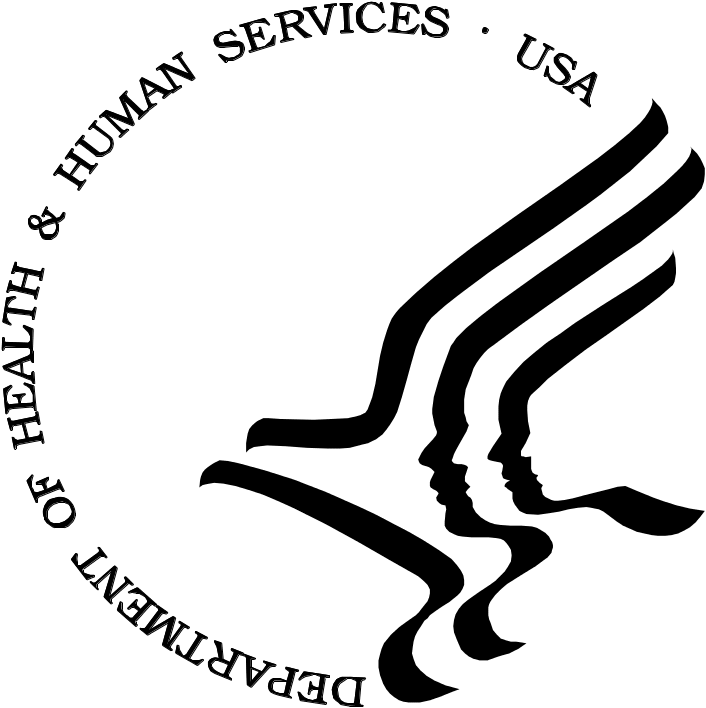Justification Letter
QDRL NAMCS & NHAMCS Evaluation-0930.doc
NCHS Questionnaire Design Research Laboratory
Justification Letter
OMB: 0920-0222
 DEPARTMENT
OF HEALTH & HUMAN SERVICES Public
Health Service
DEPARTMENT
OF HEALTH & HUMAN SERVICES Public
Health Service
Centers for Disease Control and Prevention
 National
Center for Health Statistics
National
Center for Health Statistics
3311 Toledo Road
Hyattsville, Maryland 20782
September 30, 2010
Margo Schwab, Ph.D.
Office of Management and Budget
725 17th Street, N.W.
Washington, DC 20503
Dear Dr. Schwab:
The staff of the NCHS Questionnaire Design Research Laboratory (QDRL) (OMB No. 0920-0222, exp. 03/31/2013) plans to conduct research to evaluate the National Ambulatory Medical Care Survey (NAMCS) and the National Hospital Ambulatory Medical Care Survey (NHAMCS) Patient Record form for the Division of Health Care Statistics.
We propose to start advertising for volunteer participants as soon as we receive clearance and to start testing as soon as possible after that.
Background Information about Cognitive Testing of Questionnaires
The methodological design of this proposed study is consistent with the design of typical cognitive testing research. As you know, the purpose of cognitive testing is to obtain information about the processes people use to answer survey questions as well as to identify any potential problems in the questions. The analysis will be qualitative.
Proposed project: NAMCS and NHAMCS Patient Record Evaluation Study
The National Ambulatory Medical Care Survey (NAMCS) and the National Hospital Ambulatory Medical Care Survey (NHAMCS) collect information about the large portion of ambulatory care provided by physicians and mid-level providers throughout the United States. NAMCS and the NHAMCS help inform physicians, health care researchers, and policy makers about the changing characteristics of ambulatory care in this country. This study is crucial to ascertain how the data are collected, how medical records are accessed, and what problems if any are encountered along the way so that appropriate data collection mechanisms can be constructed.
The National Ambulatory Medical Care Survey (NAMCS) and the National Hospital Ambulatory Medical Care Survey (NHAMCS) Patient Record form that we are evaluating appears in Attachment1 and the introductory text in Attachment 2. The testing procedure will conform to the cognitive interviewing techniques that have been described in our generic ERB clearance package.
Cognitive interviews will be conducted with anyone aged 18 years and older who was a respondent in the NAMCS or the NHAMCS including physicians, mid-level providers, office staff, etc. The Bureau of Census will provide DHCS with contact information for approximately sixty (triple our target) of the most recent respondents in the NAMCS and the NHAMCS and the closest geographically. DHCS will hand carry contact information to the QDRL. An invitation letter will be used to recruit respondents. The invitation letter is shown in Attachment 3. As a follow-up to the invitational letters, QDRL staff will call individuals (for whom we have contact information) to talk to them about the study, what they will be asked to do, and to ascertain their interest in participating in the study. There will be no coercion. Individuals will be told that their participation in the study is entirely voluntary.
As many as twenty 60-minute cognitive interviews may be conducted. If recruitment of twenty individuals from a list of sixty proves difficult, the QDRL will ask DHCS for a bigger list of contacts.
Cognitive interviews will be conducted by QDRL staff members in a private room in the physician’s office, hospital facility or mutually agreeable location. With the consent of the participants, the interviews will be recorded on videotape or audiotape. Participants will be informed of taping procedures (including observation if applicable) in the process of reviewing the consent forms, and the equipment will be turned on once it is clear that the procedures are understood and agreed upon.
At the end of the interviews, participants will be paid and provided with copies of all papers they signed.
We propose paying individuals participating in the cognitive interview $100.00 for their participation. Since the recruitment of physicians and mid-level providers is necessary for this study to take place and since physicians and mid-level providers are extremely busy and overburdened the incentive has been increased over and above our normal $40 incentive to increase participation, reduce the number of cancelations, and maximize time and travel in a particular state/location.
In total, for this project, the maximum respondent burden will be 20 hours of interviewing in addition to travel time. An updated burden table for this project is shown below:
-
Projects
Number of
Participants
Number of
Responses/
Participant
Average hours
per response
Response
burden
QDRL Interviews
2) NCHS Surveys
20
1
1
20
Attachments (3)
cc:
M. Moien
M. Daneshvar
S. Perryman
| File Type | application/msword |
| File Title | DEPARTMENT OF HEALTH & HUMAN SERVICES |
| Author | krs0 |
| Last Modified By | mxm3 |
| File Modified | 2010-09-30 |
| File Created | 2010-09-30 |
© 2025 OMB.report | Privacy Policy